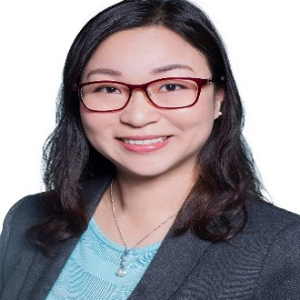Title : Substituting simulated ward practice for clinical practice during the COVID-19 pandemic: Action research
Abstract:
Background: All clinical practicums for nursing students in Hong Kong have been suspended since February 2020 because of the COVID-19 pandemic. To avoid delays to student graduation and maintain the quality of clinical learning, the school of nursing created a simulated ward for 121 nursing students to complete 120–350 outstanding hours of clinical practice in medical and surgical areas. In addition to the Nursing Council of Hong Kong’s order to use simulation practice to replace a certain number of clinical hours in the near future, an action research approach was employed in this study to explore its impacts on nursing students, teachers and school administrators and reveal how a quality simulated ward practice can be conducted effectively and efficiently in the future.
Methodology: This study constituted the first cycle of action research. Medium-fidelity simulation training was implemented from August to mid-September 2020. Individual semi-structured interviews were conducted with students, mentors and taskforce members after the training. Feedback collected from teachers and students through an online course evaluation survey was also used as secondary data to supplement the results obtained from individual interviews.
Results: Twenty-three individual semi-structured interviews were conducted with nine students, nine mentors, and five taskforce members. Feedback from 35 students (29.4%) and 19 teachers (63.3%) was received via the course evaluation survey. All student interviewees were very satisfied with the training because it provided more learning opportunities than the wards and protected the time allowed for more in-depth learning from the mentors and classmates. Given that they would become ward nurses after their training, this activity boosted their confidence in case management and enabled them to learn more about the duties of a ward nurse. They suggested that simulation training should also be provided before their first clinical practicum to reduce their confusion and frustration. From the mentors’ perspective, this endeavour was a good opportunity for students to learn something they had no chance of doing so in the ward and provided the latter with additional time for them to think critically and act. Moreover, errors were allowed in a controlled environment. However, the students could not benefit from working collaboratively with allied health workers and worked in the absence of a rushed atmosphere. The training was a time-consuming and labour-intensive activity, and some of the mentors expressed worry and fear about the risk of contracting COVID-19 during the training despite the precautionary measures taken. They also provided valuable inputs to improve the quality of training in a simulated ward. From the taskforce members’ perspective, they faced numerous challenges in the setting up of a simulated ward and organizing this activity in a short period of time. Their concerns included the availability of nursing laboratories, equipment, labour, training, learning materials, time, and teaching and learning qualities. The survey revealed that the mean rating of students’ satisfaction was 4.45 out of 5. By contrast, the mean rating of teachers’ satisfaction was 3.26 out of 5.
Conclusion: The results of this study provide insights for organizing simulation training in a simulated ward.



